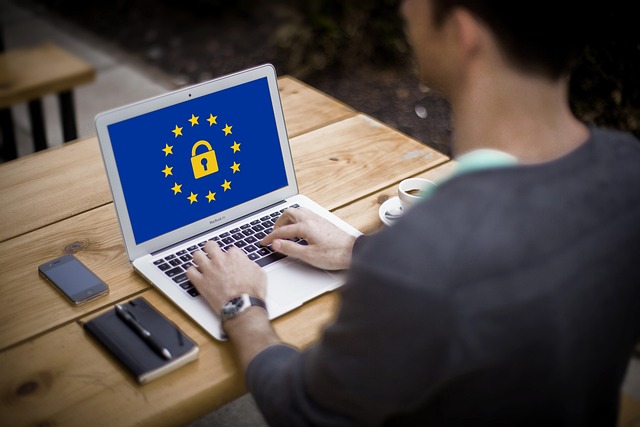
“Navigating GDPR Compliance in Software: A Complete Guide”
Navigating GDPR Compliance in Software: A Complete Guide
In today’s digital landscape, software developers and companies face an ever-growing demand to protect user data and maintain privacy compliance. The General Data Protection Regulation (GDPR) has emerged as a key framework for safeguarding personal information in the European Union and beyond. For software professionals, understanding and adhering to GDPR isn’t just a legal obligation—it’s essential to build trust with users and enhance brand reputation.
Understanding GDPR: What You Need to Know
GDPR is a regulation that was enforced starting May 25, 2018, and it emphasizes the protection of personal data. It applies not only to organizations operating within the EU but also to those outside the EU that offer goods or services to EU citizens. The regulation sets forth strict guidelines on how personal data should be collected, processed, and stored.
At its core, GDPR requires companies to ensure transparency when it comes to data collection. Individuals have the right to know why their data is being collected, how long it will be retained, and who it will be shared with. This mandates software developers to embed robust privacy features directly into their products. Navigating this complex landscape can be challenging but understanding its fundamentals is crucial.
Key Principles of GDPR in Software Development
As you embark on the journey to achieve GDPR compliance, it’s vital to familiarize yourself with its core principles:
- Data Minimization: Only collect and process personal data that is necessary for your specific purpose.
- Consent: Ensure that users give clear and affirmative consent for their personal data to be used.
- Right to Access: Users have the right to access their data and understand how it’s being used.
- Right to be Forgotten: Users can request the deletion of their personal data when it’s no longer needed.
- Data Portability: Individuals should be able to transfer their data from one service provider to another easily.
Steps for Achieving GDPR Compliance in Software
To effectively navigate GDPR compliance, consider the following steps:
- Conduct a Data Audit: Identify what personal data you collect, how you use it, and where it is stored. This will help you understand your current data practices.
- Update Privacy Policies: Revise your privacy policies to clearly communicate data collection practices and user rights in line with GDPR requirements.
- Implement Technical Measures: Use encryption, pseudonymization, and secure access controls to protect personal data within your software.
- Train Your Team: Ensure that all team members are aware of GDPR and its implications for their roles. A culture of data privacy is vital.
- Establish User Controls: Incorporate functionalities that allow users to manage their consent and access their data easily.
The Role of Technology in GDPR Compliance
Leveraging technology can simplify the compliance process significantly. Many software solutions are specifically designed to help organizations manage GDPR obligations, from consent management tools to data mapping software. Integrating these technologies can help automate repetitive compliance tasks, reducing the risk of human error.
Moreover, staying updated with ongoing changes in GDPR regulations is equally important. The digital landscape is continually evolving, and so are the standards for compliance. Regularly reviewing your practices and making necessary adjustments will not only keep your software aligned with legal requirements but also build user trust.
Navigating Challenges
While striving for compliance, software developers may encounter various challenges, such as balancing user privacy with functionality and managing potential data breaches. By fostering open communication and being transparent about data practices, you can mitigate the risks associated with these challenges.
Ultimately, navigating GDPR compliance in software is a multi-faceted journey that involves understanding regulations, implementing effective practices, and leveraging technology. With a dedicated approach, you can ensure your software not only meets legal requirements but also resonates with users on a deeper level, reflecting a commitment to their privacy and data protection.


